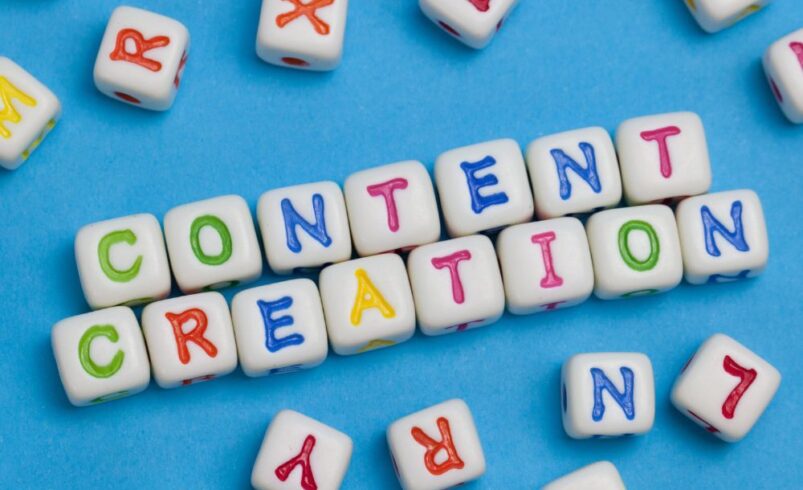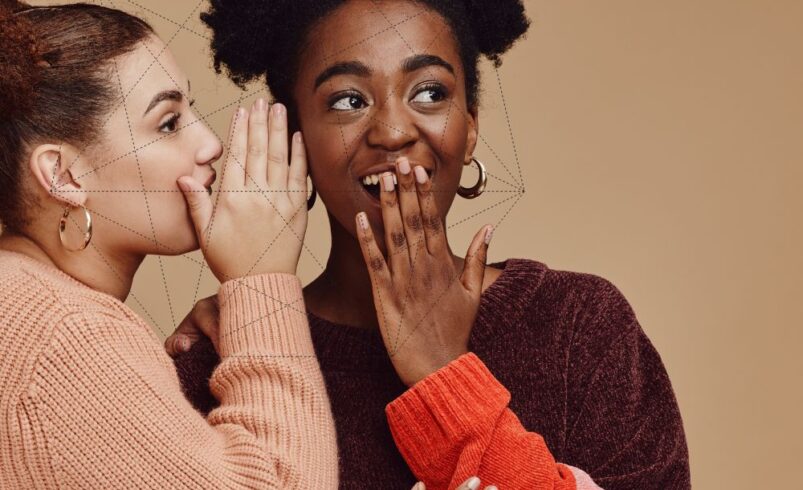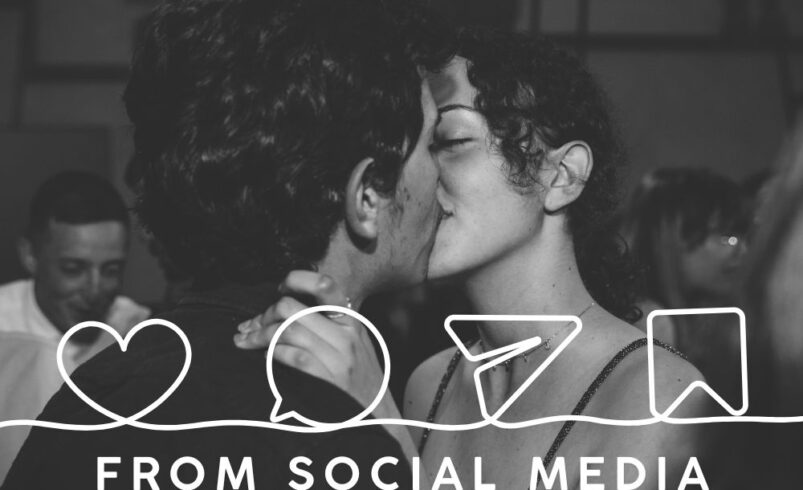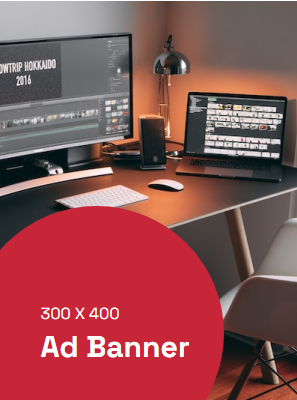
In the age of digital media, the term “influencer” has been used everywhere. Influencers shape trends, change consumer behavior, and build communities around shared interests. But what exactly defines an influencer, and what makes them so effective and why?
In the beginning of the rise of social media, being an influencer was a bit harder than now, all someone needed to have was followers or people who listen to them. Today, the concept of influencers turned 180 degrees. An influencer can be someone who is an expert in a specific field, a dancer on TikTok, a celebrity but most importantly someone who has content that makes people addicted.
An influencer has the ability to affect people, successfully promote products and have a pool of followers – their job is done by creating engaging content or showcasing gifts received by a brand or showcasing a service or product. Their job, while seems fun, is one with a big responsibility: the trust and credibility given to them by people who copy them or try products based on their referrals.
Influencers are categorized based on their follower count and their characteristics, which impacts their engagement rates and the types of brands who work with them. Mega influencers, with over 1 million followers, are typically celebrities or well-known public figures, often collaborating with major global brands despite having low to medium engagement rates. Macro influencers, who have between 100,000 to 1 million followers, are established figures with broad reach and medium engagement rates, making them attractive to large brands. Micro influencers, boasting 10,000 to 100,000 followers, are niche influencers with high engagement rates due to their strong connection with their audience, and they commonly partner with small and medium-sized businesses (SMBs). Lastly, nano influencers, with 1,000 to 10,000 followers, are everyday individuals with a personal and highly engaged audience, often working with small businesses or local brands due to their very high engagement rates.
Influencers can also be categorized based on the type of content they create, which platforms they use and their type of audience engagement. Bloggers produce written articles and primarily use platforms like WordPress and personal blogs, engaging audiences through comments and shares, making them ideal for search engine marketing. Podcasters create audio episodes distributed on platforms such as Apple Podcasts, Podeo, Spotify, and Google Podcasts, with engagement driven by listener downloads and social media interactions. YouTubers focus on video content via YouTube, attracting audience engagement through views, comments, likes, and shares. Social Post Influencers generate short-form videos or images on platforms like Instagram, TikTok, Facebook, and X, engaging their audience with likes, comments, story views, and shares, making them the most effective for product marketing.
To become an influencer, academic education isn’t necessary, but having soft skills is crucial. Content creation requires knowledge of photography, videography, writing, editing, and storytelling alongside tools like Capcut and Canva. Strong marketing and communication skills are also vital as influencers treat their audience like they are their bestfriends who they tell everything to – the point is to establish rapport and build trust to influence purchasing behavior and purchase-related decision making. Knowing your audience is crucial, you can have a very low number of followers and suddenly do something that caters for the audience taking you viral. For instance, TikToker @thebertilicious was a dancer who made occasional videos and had a low follower count. She took the trend of the arabic song “Aala Shanak” and made the parody of “Hobbak Saffa7” which became the number one of the most used audios in all of the middle east – this is how she started! She then had to change her content into parody/funny rather than music/dance and rose as one of the most known influencers in the region with 2.3M followers!
“To be an influencer, you have to love people before you can try to lead them.”
– John C. Maxwell, American author and orator
However, not everyone is a fan of influencers. With the rise of social media personalities and ease of getting followers, there is an increased carefulness when it comes to their content’s authenticity and how transparent they are, whether it is for copied content or hidden sponsorships. Many platforms have been introducing guidelines to regulate the situation,
While influencer marketing appears simple, it is much more complicated and responsible than it looks. Being authentic, knowing your audience, and creating relationships is the key to being a successful influencer.
References
Sprout Social. (2023, August 28). What is an Influencer? | Sprout Social. https://sproutsocial.com/glossary/influencer/#:~:text=An%20influencer%20is%20someone%20in,brands%20in%20search%20of%20credibility.
How do we define an influencer? (n.d.). BrightEdge. https://www.brightedge.com/glossary/influencer-marketing
What is an influencer? Learn more here | Make Influence. (n.d.). What Is an Influencer? https://blog.makeinfluence.com/en/blog/guides/what-is-an-influencer
Influencer Marketing Hub & by Influencer Marketing Hub. (2024, July 22). What is an Influencer? – Social Media Influencers Defined [Updated 2024]. Influencer Marketing Hub. https://influencermarketinghub.com/what-is-an-influencer/#toc-2
What is an Influencer? | Later Social Media Glossary. (n.d.). https://later.com/social-media-glossary/influencer/
Grin. (2024, June 10). The best 5 Characteristics of a Good Influencer | GRIN. GRIN – Influencer Marketing Software. https://grin.co/blog/5-characteristics-of-a-good-influencer/
John C. Maxwell Quote. (n.d.). A-Z Quotes. https://www.azquotes.com/quote/770104
TikTok – @the.bertilicious. (n.d.). https://www.tiktok.com/@the.bertilicious?lang=en






